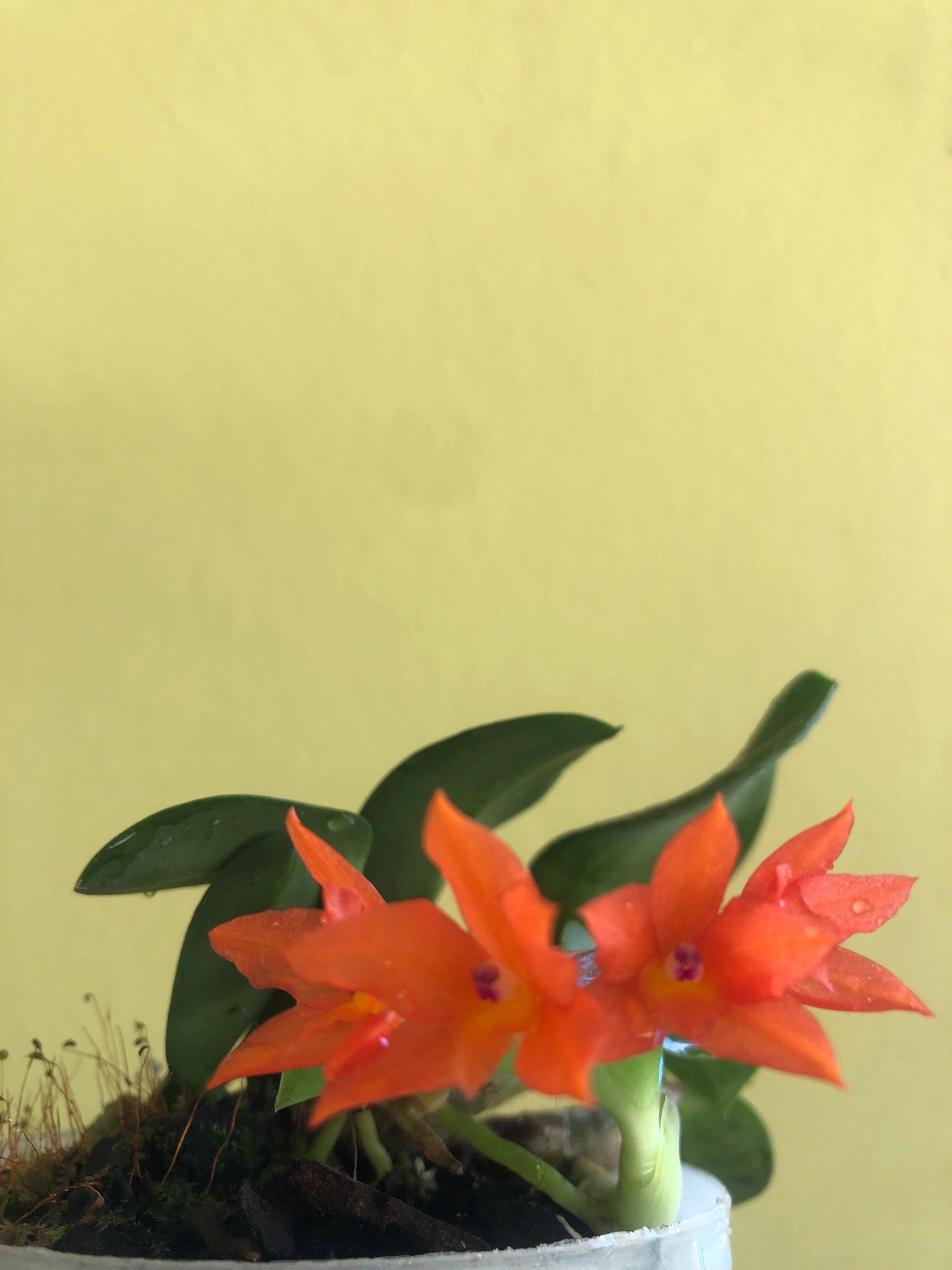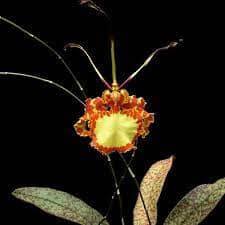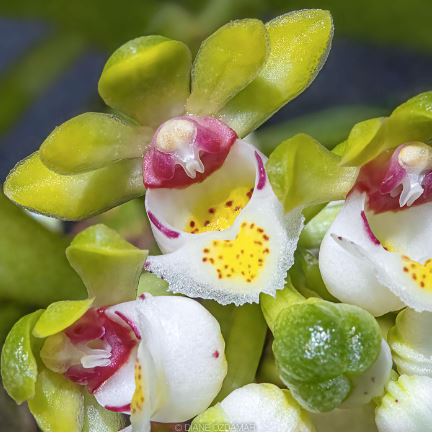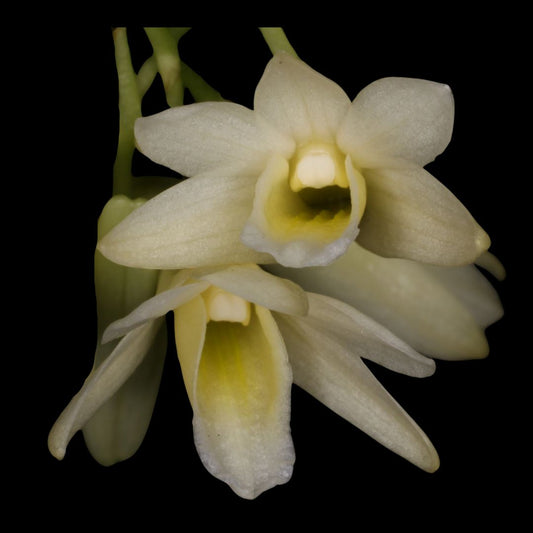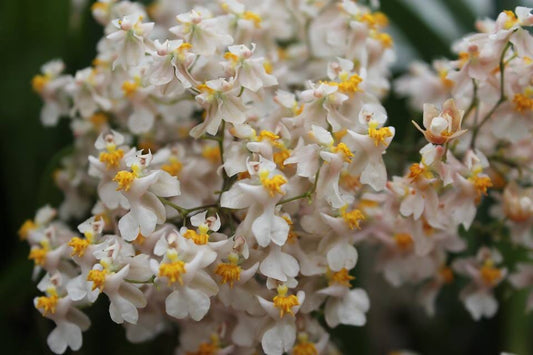La Foresta Orchids
Cattleya cernua ‘Exotic’
Cattleya cernua ‘Exotic’
Couldn't load pickup availability
Introducing the Exquisite Cattleya cernua Orchid
Discover the charm of Cattleya cernua, a captivating miniature-sized orchid native to the lush regions of Brazil, Bolivia, and Paraguay. This exquisite orchid species thrives both as an epiphyte, clinging to rocky slopes and trees, and as a lithophyte, adapting to life on stone surfaces. It often grows in close proximity to the sea or in the lowland trees near sea level, adding a touch of coastal beauty to your collection.
Key Features:
-
Densely Clustered Pseudobulbs: Cattleya cernua features tightly packed, subcylindric or ovoid pseudobulbs that measure approximately 2 cm in length. These pseudobulbs typically have 2 or 3 basal nodes and are the foundation for the plant's graceful growth.
-
Broad Leaves: Each orchid in this species boasts a single, apical, thickly coriaceous leaf. These leaves are broadly ovate or elliptic-ovate, often with obtuse or minutely apiculate tips, and extend to around 3 cm in length.
-
Vibrant Orange-Red Blooms: In the spring, Cattleya cernua dazzles with its terminal, erect inflorescence that hosts 4 to 10 nodding flowers. These striking blossoms feature elliptical tepals with pointed tips, and petals slightly wider than sepals. The lip is oval, with a pointed tip, occasionally exhibiting a hint of yellow inside, creating a captivating yellow-orange contrast.
Cultivation Tips:
Light: Cattleya cernua thrives in bright sunlight, tolerating direct morning and evening sun. However, during scorching summer noons, it's important to shield the orchid from direct sunlight. Providing adequate sunlight is crucial for encouraging flowering, as insufficient light can result in underdeveloped pseudobulbs that won't produce blossoms. Ensure a minimum of 10 hours of light per day year-round.
Temperature: This orchid prefers a mixed temperature regime, characterized by higher daytime temperatures and cooler nights. Ideal conditions include daytime temperatures between 25-28°C and nighttime temperatures between 10-16°C. A key consideration is to maintain a nighttime temperature 7-18°C lower than the daytime temperature.
Humidity: In its natural habitat, Cattleya cernua enjoys relative humidity levels of 75-90% throughout the year. In cultivation, regular ventilation is essential to prevent the accumulation of moist, stagnant air, which can foster fungal and bacterial diseases.
Substrate and Repotting: This orchid can be grown in small clay pots or on blocks. A well-balanced substrate comprises a mixture of large coniferous bark, charcoal, and up to 60% sphagnum moss. When growing on blocks, consider using a moss layer to prevent rapid root drying. Repot only when necessary, such as substrate salinization, extreme pH levels (5.5 to 6.5), or when the orchid outgrows its pot. The best time for repotting is immediately after flowering.
Watering: The frequency and volume of watering depend on ambient temperature. Orchids on blocks should be watered daily in the morning to allow the roots to dry by evening. For potted orchids, ensure proper drainage to prevent root rot. Let the substrate dry between waterings but avoid complete desiccation.
Fertilization: During active growth, feed your orchid every third watering with diluted fertilizer. Consider foliar feeding by spraying a highly diluted fertilizer on the plant's outer surface. A balanced fertilizer with equal proportions of nitrogen, phosphorus, and potassium is ideal throughout the year.
No Rest Period: Cattleya cernua does not require a rest period for flowering or winter adaptation. Ensure adequate light, proper temperature differentials, and a stress-free environment to promote blooming.
This is a blooming size in a 3" pot, about 1 to 2 years to bloom, grown from seed, limited!
Cultivate Cattleya cernua and adorn your living space with its captivating charm and vibrant orange-red blossoms. With the right care, you can enjoy the beauty of this unique orchid year-round.








